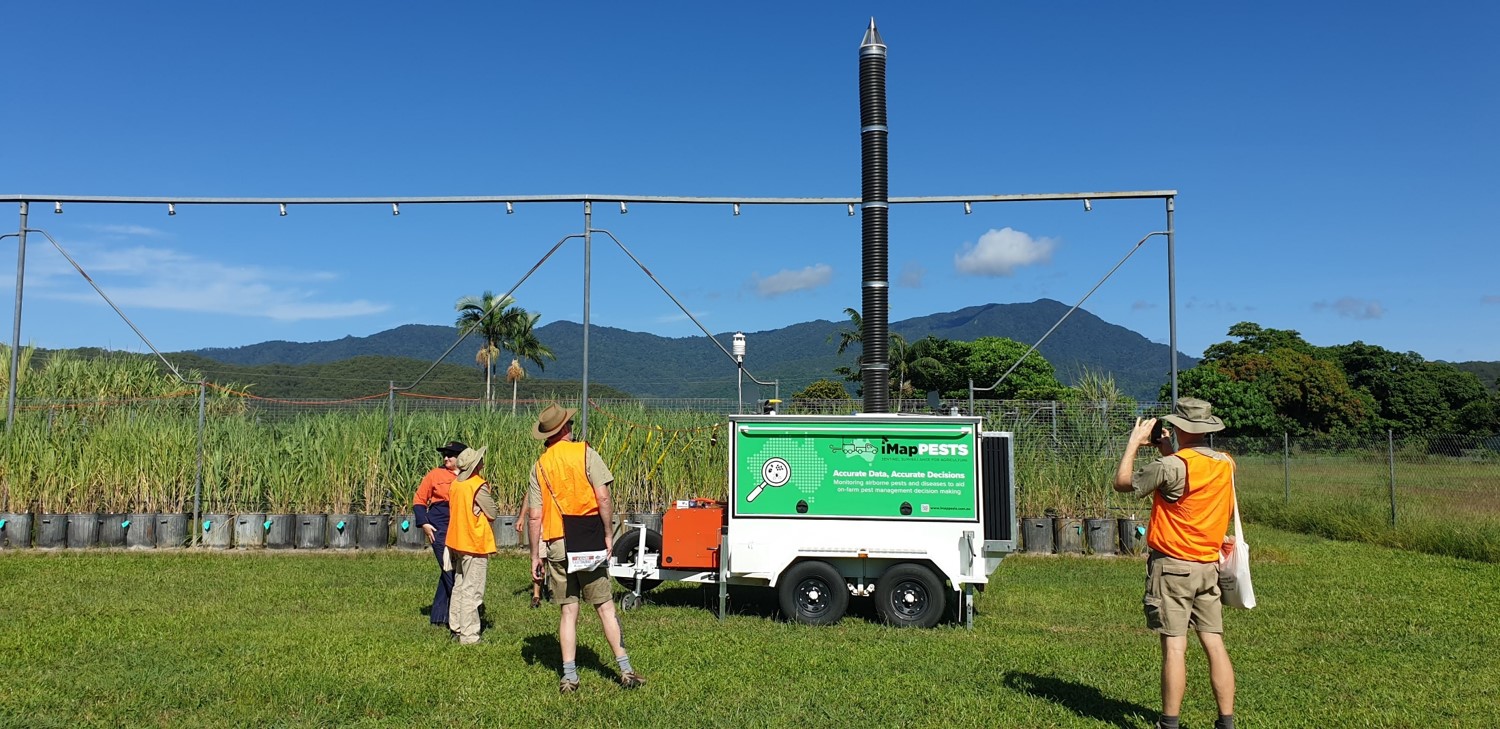The SRA Meringa trial was cut short in response to increasing concerns with movement around the country due to the coronavirus pandemic. During its short trial in the region, insect and pathogen samples were collected and analysed. We report the results here.

General pest observations
It was expected that the insect samplers would trap aphids, mealybugs, thrips, multiple leafhopper species & planthoppers, however, no insect species from the iMapPESTS high priority list for industry were identified during trap analysis by SARDI entomologists for this trial.
There was a detection of an exotic pest threat known to present in the Cairns region was detected, the Asian honey bee (Apis cerana). You can find out more information on the Asian honey bee here.
Sugarcane smut was detected during the trial and the data will be shared here when available.
